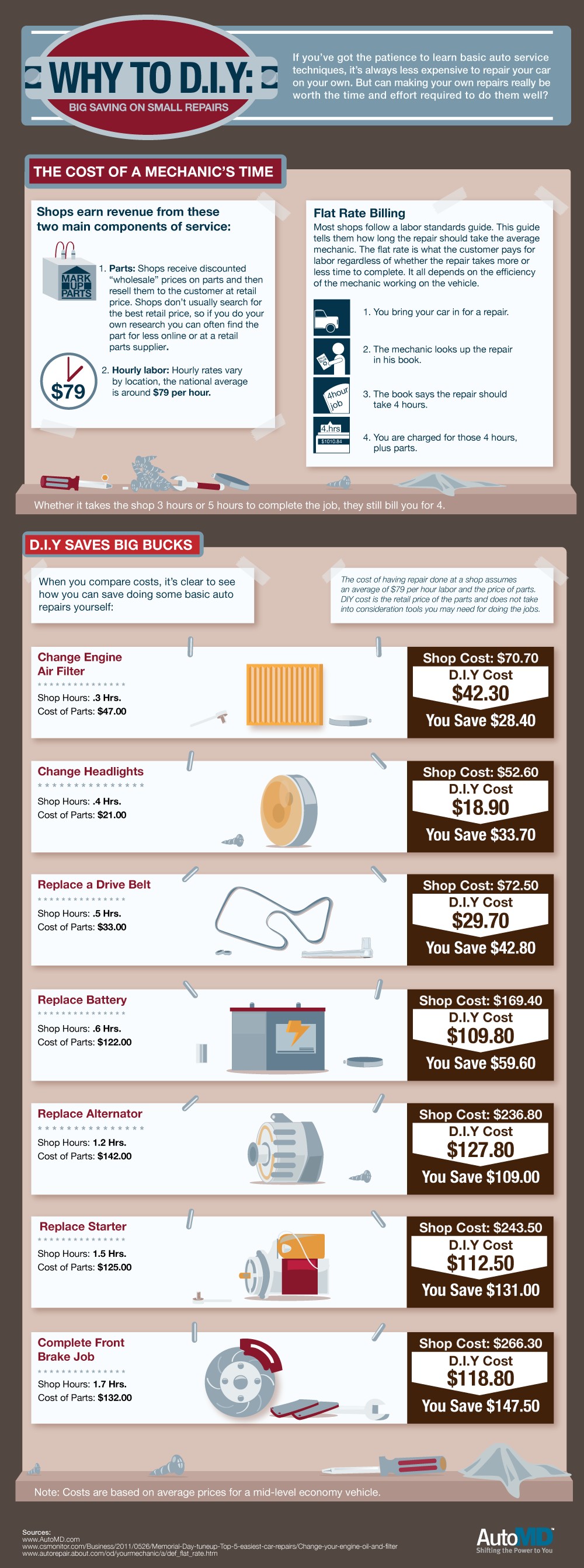Translating Your Car'S Alert Lighting: Their True Effects
Translating Your Car'S Alert Lighting: Their True Effects
Blog Article
Composed By-Higgins Corbett
When you lag the wheel, those glowing caution lights on your dashboard can be a little bit difficult. Do you understand what they're trying to tell you regarding your cars and truck's wellness? Comprehending the significance of these lights is crucial for your safety and security and the longevity of your lorry. So, the next time one of those lights pops up, would not you wish to decipher its message precisely and take the essential steps to resolve it?
Common Caution Lights and Interpretations
Determine common warning lights in your cars and truck and comprehend their meanings to guarantee secure driving.
Suggested Internet site of the most regular caution lights include the check engine light, which signals issues with the engine or discharges system. If this light comes on, it's critical to have your vehicle inspected without delay.
The oil pressure alerting light shows reduced oil stress, requiring immediate focus to avoid engine damage.
A blinking battery light might suggest a damaged charging system, potentially leaving you stranded otherwise resolved.
The tire stress monitoring system (TPMS) light alerts you to low tire stress, influencing lorry stability and fuel effectiveness. Overlooking auto clean detailing could result in hazardous driving problems.
The abdominal muscle light suggests a problem with the anti-lock braking system, endangering your ability to stop promptly in emergency situations.
Last but not least, the coolant temperature level advising light warns of engine overheating, which can lead to severe damage otherwise settled promptly.
Recognizing these usual warning lights will help you address concerns without delay and preserve safe driving problems.
Value of Prompt Interest
Understanding the usual warning lights in your cars and truck is only the first step; the relevance of quickly addressing these cautions can not be highlighted sufficient to guarantee your safety on the road.
When a warning light illuminates on your control panel, it's your automobile's means of connecting a potential issue that requires focus. Overlooking these warnings can result in more serious problems later on, compromising your safety and security and possibly costing you much more out of commission.
Prompt focus to warning lights can stop failures and mishaps. For instance, a flashing check engine light can show a misfire that, if left unattended, can trigger damage to the catalytic converter. Addressing this quickly can conserve you from a costly repair service.
Similarly, a brake system advising light might indicate low brake fluid or used brake pads, important components for your security when driving.
Do It Yourself Troubleshooting Tips
If you notice a caution light on your control panel, there are a couple of DIY repairing tips you can try before looking for professional assistance.
The initial step is to consult your auto's manual to understand what the certain caution light suggests. Occasionally the issue can be as easy as a loose gas cap triggering the check engine light. Tightening up the gas cap might solve the issue.
An additional usual issue is a low battery, which can activate various alerting lights. Checking the battery links for rust and guaranteeing they're protected may repair the trouble.
If a caution light persists, you can attempt resetting it by disconnecting the cars and truck's battery for a couple of minutes and then reconnecting it. Additionally, checking your vehicle's fluid degrees, such as oil, coolant, and brake liquid, can aid troubleshoot alerting lights related to these systems.
Conclusion
In conclusion, comprehending your auto's caution lights is vital for maintaining your vehicle running efficiently and securely. By quickly dealing with these signals and understanding what they indicate, you can prevent costly repairs and prospective break downs.
Remember to consult your auto's manual for certain information on each advising light and take action accordingly to make sure a hassle-free driving experience.
Stay informed, remain risk-free when traveling!
